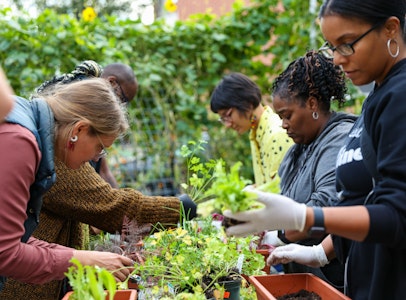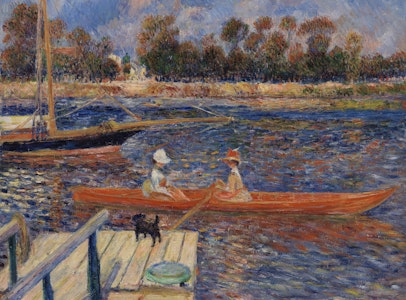Take a Class
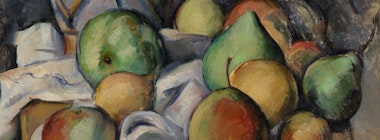
Study art history at the Barnes, a leader in art education since 1925. Come learn in our galleries, or take classes online using our immersive, state-of-the-art platform that brings you closer to the work than ever before.
Research Notes:
June 2023
New theories and recent discoveries from the Barnes’s curators, scholars, conservators, and archivists.
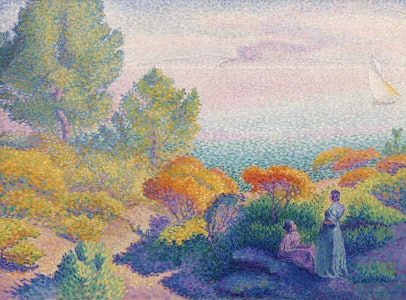
Research Notes:
August 2023
New theories and recent discoveries from the Barnes’s curators, scholars, conservators, and archivists.
Research Notes:
March 2024
New theories and recent discoveries from the Barnes’s curators, scholars, conservators, and archivists.
Research Notes:
October 2023
New theories and recent discoveries from the Barnes’s curators, scholars, conservators, and archivists.
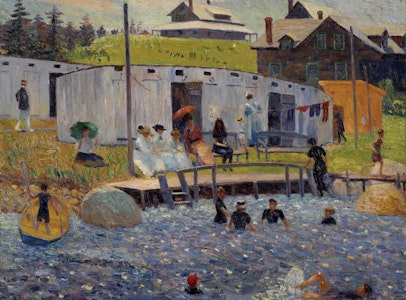
Highlights Tour
This one-hour tour is perfect for first-time visitors. Explore highlights of the collection and learn the history of the Barnes.
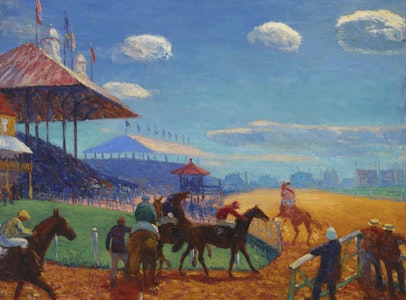
Private Collection Tour
Explore highlights of the collection and learn the history of the Barnes. This tour is a private one-hour experience for you and up to seven guests.
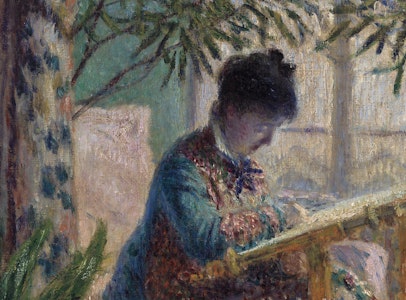
Gift a Barnes Class
Give the gift of lifelong learning with art history classes taught by Barnes experts.
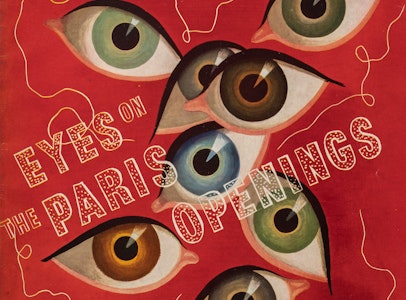
Exhibition Tour: Alexey Brodovitch: Astonish Me
Trace the indelible mark that Brodovitch left on a generation of artists, designers, and publishers.
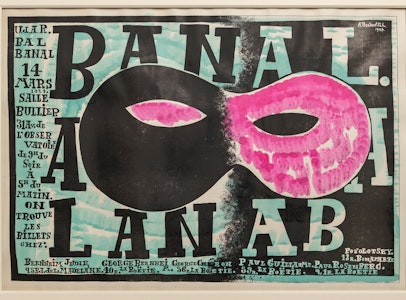
Private Exhibition Tour: Alexey Brodovitch: Astonish Me
This tour is a private one-hour experience for up to seven guests.
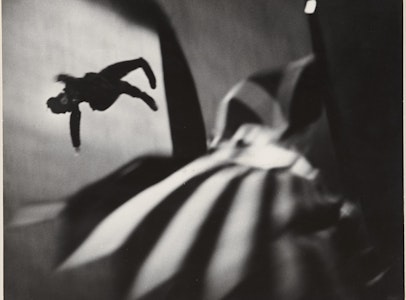
Members-Only Tour: Alexey Brodovitch: Astonish Me
Members are invited to exclusive tours of Alexey Brodovitch: Astonish Me in the Roberts Gallery.
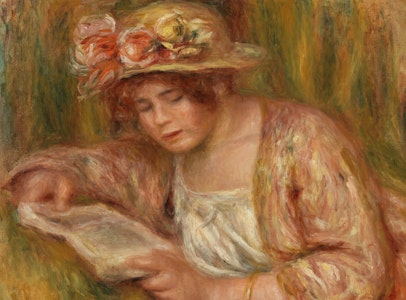
April Spotlight Tour: Renoir and Women
Learn how the women in Renoir’s life influenced his career and found their way onto his canvases.
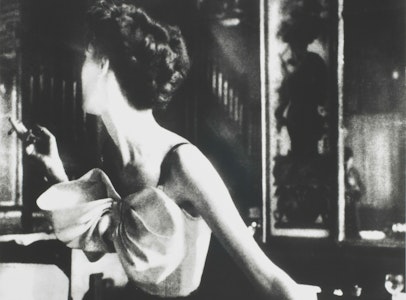
Fashion Photography: The Magazine as Canvas
Survey the key artists who blurred the lines between fine art and commercial photography, forever changing print media. Instructor: Stephanie Sporn
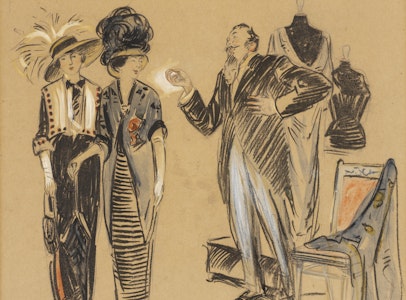
Online Member Orientation
New members are invited to join us online to learn more about the perks of membership at the Barnes.
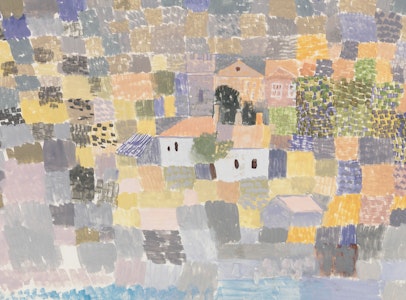
Works on Paper in the Barnes Collection
Explore the Barnes collection’s rich array of works on paper, including images in ink, graphite, watercolor, tempera, pastel, and gouache. Instructor: Christine Stoughton
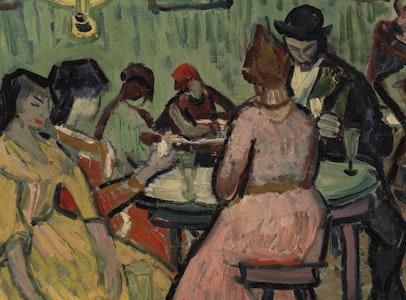
May Spotlight Tour: When Paintings Tell Stories—El Greco to Pippin to Van Gogh
Look closely at collection works that use a variety of techniques to create meaningful narratives.
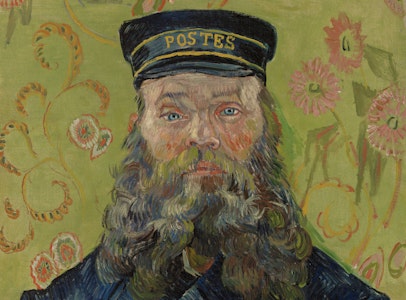
Portraiture at the Barnes: From the 15th Century to Modernism
Uncover the wide range of expression that portraits at the Barnes offer. Instructor: Laura L. Watts

Member Appreciation Days
This May, members get even more—join us for exclusive talks and extra discounts.
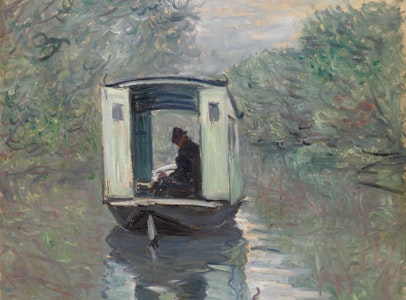
Member Appreciation Talk: André Dombrowski on Monet
Learn how Claude Monet represented time in his groundbreaking works.
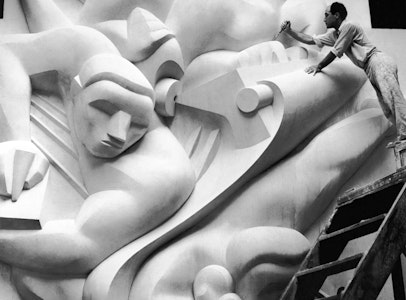
The Japanese American Century: Noguchi, Nakashima, and Asawa
Examine the critical contributions Japanese American artists made to the 20th-century art world. Instructor: Joseph Tokumasu Field
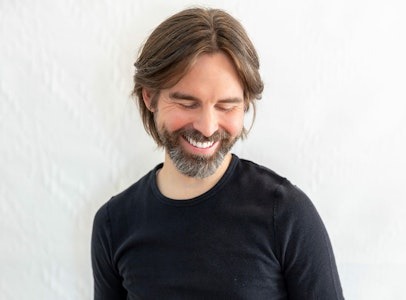
First Friday: Ben O’Neill
The Philadelphia guitarist and singer-songwriter performs new music tonight.
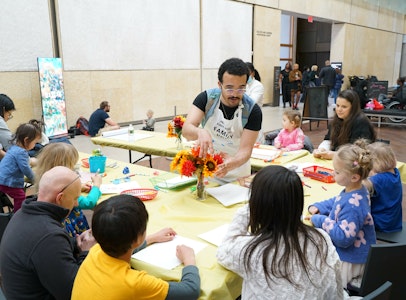
PECO Free First Sunday Family Day: The Spirit of Art and Music
Enjoy fun art activities, performances, and free access to the collection and Alexey Brodovitch: Astonish Me.
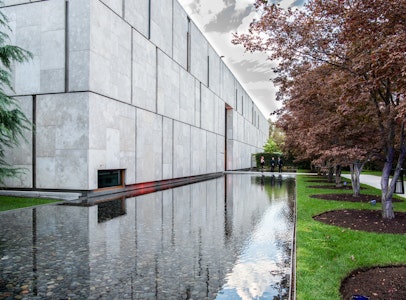
(re)FOCUS 2024 Panel: Women Who Run Galleries
Join us for a conversation with prominent women gallerists, organized with the festival (re)FOCUS 2024.
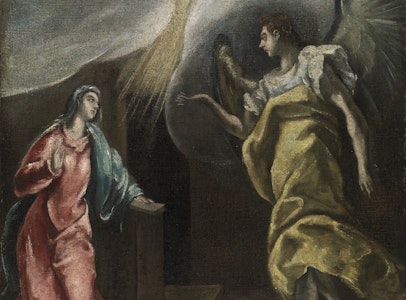
Members-Only Evening Tour: When Paintings Tell Stories
Members are invited to an exclusive evening tour exploring all the techniques artists use to create narratives.
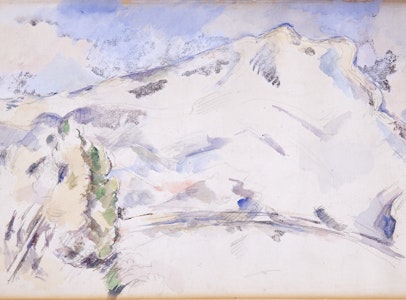
Exploring Pictorial Space
Take a closer look at the ways artists create the illusion of depth in paintings and other works of two-dimensional art. Instructor: Michael Williamson
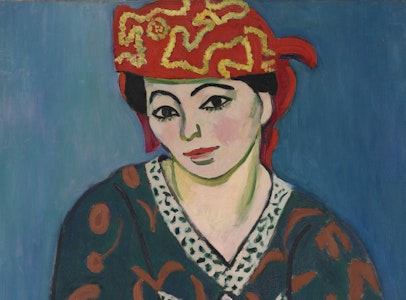
Close-Looking Immersion: Matisse’s Red Madras Headdress
This new series of single-session immersions focuses on individual works in the collection. Instructor: Kaelin Jewell
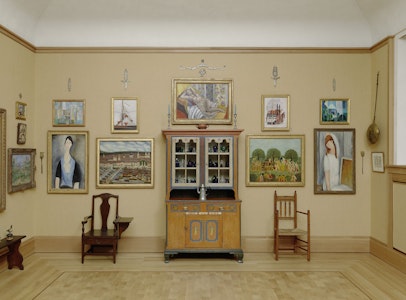
ARTZ @ The Museum
This program provides free access to the Barnes for people living with dementia and their care partners.
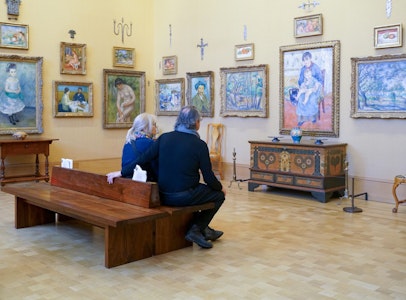
Mother’s Day Weekend at the Barnes
Give Mom the gift of inspiration this May—brunch, art, tours, and more.
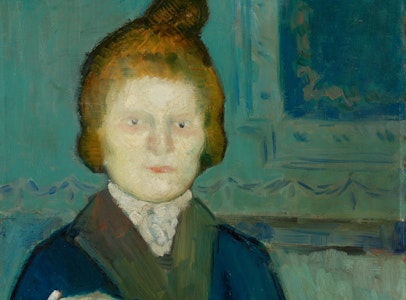
Member Appreciation Talk: Alison Boyd on the Barnes’s Prehistory
Learn about the surprising roots of our education program with our director of research and interpretation.
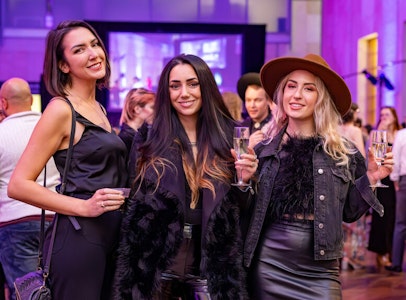
Young Professionals Night: Astonish Me
After-hours art, style, and music await Philadelphia’s young leaders and Barnes Contemporaries members.
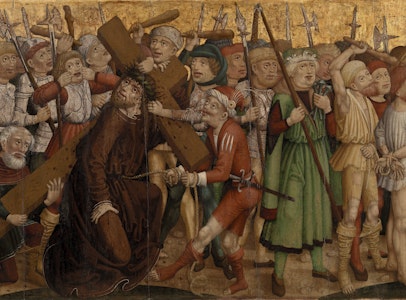
In Focus Gallery Talk: Christ Carrying the Cross
An in-depth discussion about the medieval painting with Penn PhD candidate Elliot Mackin. Free with admission; Room 21
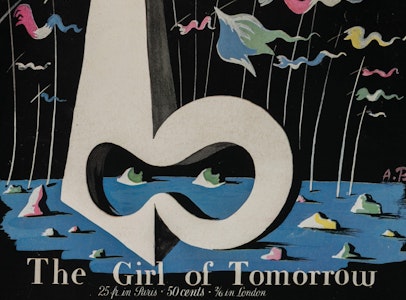
Members-Only Online Tour: Alexey Brodovitch: Astonish Me
Members are invited to an exclusive online tour of Alexey Brodovitch: Astonish Me.
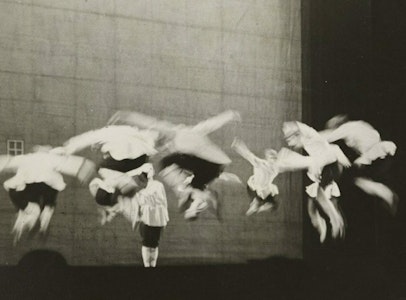
Member Appreciation Talk: Nina Holland on Brodovitch's Ballet
Learn about the making and remaking of Alexey Brodovitch's influential 1945 photobook, Ballet.
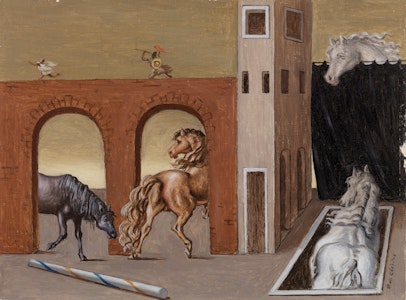
Members-Only Gallery Talk: de Chirico’s Horses of Tragedy
Each month, our education, research, and curatorial teams present exclusive talks to members. Today, senior instructor Kaelin Jewell looks at Giorgio de Chirico’s influences.
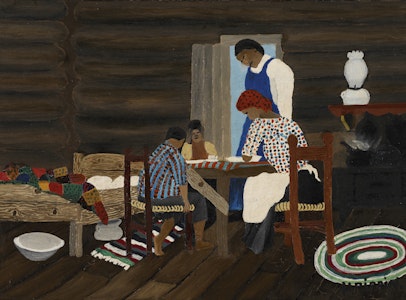
Members-Only Online Tour: When Paintings Tell Stories
Members are invited to a virtual tour exploring all the techniques artists use to create narratives.

June Spotlight Tour: When Paintings Tell Stories—El Greco to Pippin to Van Gogh
Look closely at collection works that use a variety of techniques to create meaningful narratives.
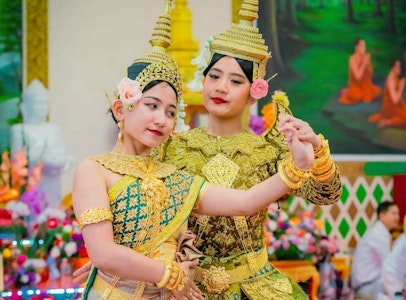
PECO Free First Sunday Family Day: Cultivating Culture
Enjoy fun art activities, free access to the collection, and special performances that celebrate cultural traditions in Philadelphia.
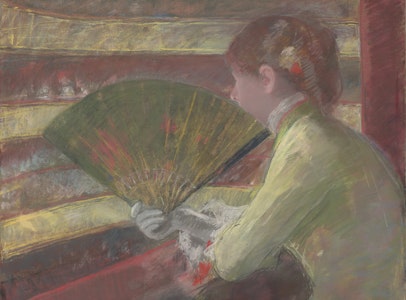
Mary Cassatt at Work
Explore Cassatt's methods, materials, and contributions to modernism with the curators of the PMA exhibition. Instructors: Laurel Garber, Jennifer Thompson.
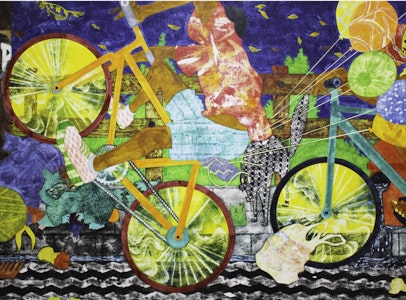
Artist Conversation: Mark Thomas Gibson
The artist and educator discusses his creative process and his work with the Miami Museum of Contemporary Art of the African Diaspora.
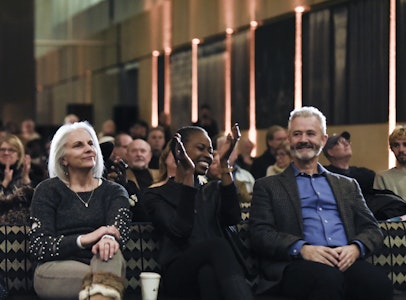
First Friday: Philadelphia Latino Arts & Film Festival
Enjoy an evening of art, live music, film, and cocktails at our monthly First Friday mixer, presented in partnership with the Philadelphia Latino Arts & Film Festival.
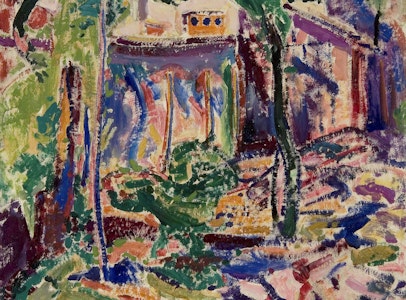
Members-Only Online Tour: The Barnes Collection
This exclusive online tour offers members up-close views of favorite artworks.
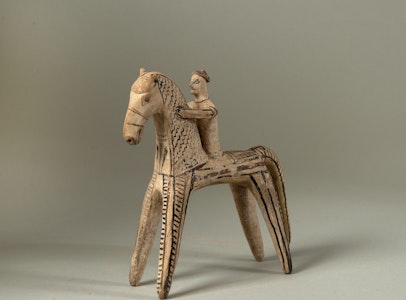
Member Orientation
New members are invited to learn more about the perks of membership at the Barnes.
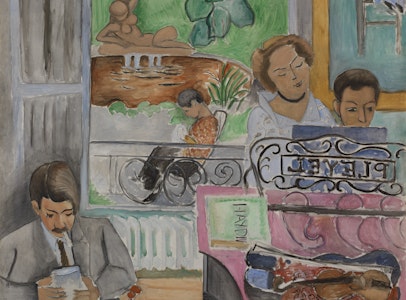
Member Previews: Matisse & Renoir: New Encounters at the Barnes
As a member, see our latest exhibition before the public opening.

Members-Only Online Tour: When Paintings Tell Stories
Members are invited to a virtual tour exploring techniques artists use to create narratives.

Exhibition Tour: Matisse & Renoir: New Encounters at the Barnes
Get a fresh perspective on Henri Matisse and Pierre-Auguste Renoir in the Roberts Gallery.
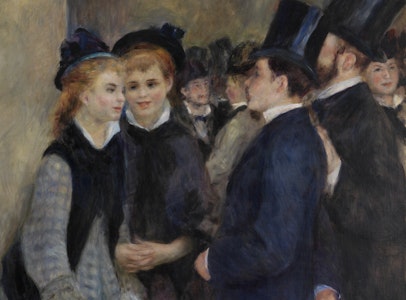
Private Exhibition Tour: Matisse & Renoir: New Encounters at the Barnes
This tour is a private one-hour experience for up to seven guests.
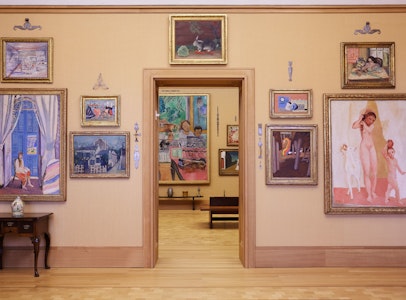
The Barnes–de Mazia Certificate Program
This special track offers an immersion in the Barnes Method and an introduction to other interpretive approaches.
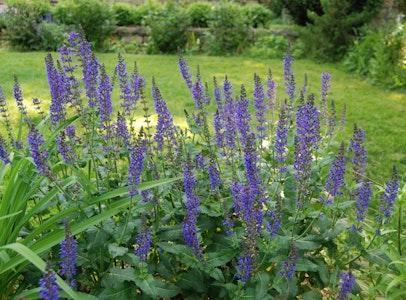
Horticulture Certificate Program
Our three-year certificate program covers horticultural science, methods, and design.
